Chicago, Illinois – A powerful storm system is expected to sweep across northern Illinois on Tuesday, June 25, bringing strong thunderstorms, damaging winds, and torrential rainfall. The Chicago metro area is likely to see the worst of the weather between 2 p.m. and 11 p.m.
The National Weather Service (NWS) in Chicago warns that these storms could lead to flash flooding, especially during the busy evening commute. Roads, underpasses, and low-lying areas may quickly become flooded, making travel dangerous.
What to Expect from Tuesday’s Storms
Scattered thunderstorms will develop along a frontal boundary moving across the region. Some of these storms will be severe, bringing frequent lightning, wind gusts strong enough to break tree limbs, and heavy rain that could flood city streets and homes.
The NWS has set the storm threat level at 2 out of 5, meaning some severe weather is possible. The flooding risk is more serious, ranked at 3 out of 5, indicating a moderate chance of dangerous flooding in some areas.
Storms are expected to move quickly at around 30 miles per hour, heading northeast.
Areas at Higher Risk
Residents in Cook, Lake, DuPage, and nearby counties should stay alert throughout the afternoon and evening. These locations are more likely to experience:
Flooding in urban areas, especially near underpasses and storm drains
Basement water backups due to overwhelmed drainage systems
Traffic delays and road closures due to flooded streets
People are strongly advised to have multiple ways to receive weather alerts, including mobile phones, weather radios, and local news. Avoid driving through water-covered roads and allow extra time for travel after 3 p.m.
Safety Reminders
As conditions may change quickly in certain areas, it’s important to stay informed. Be ready to take shelter during lightning storms and keep away from trees or power lines during high winds.


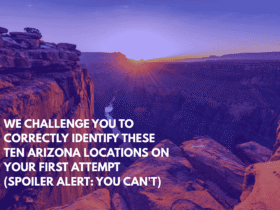

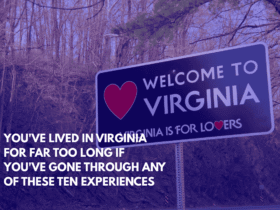
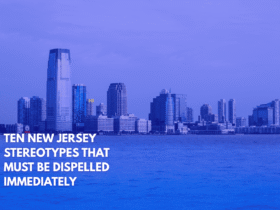

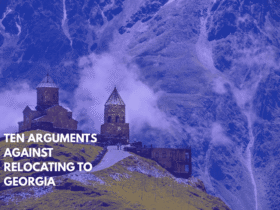
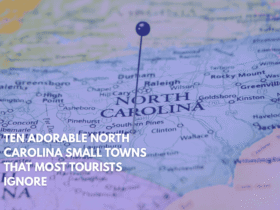


Leave a Reply